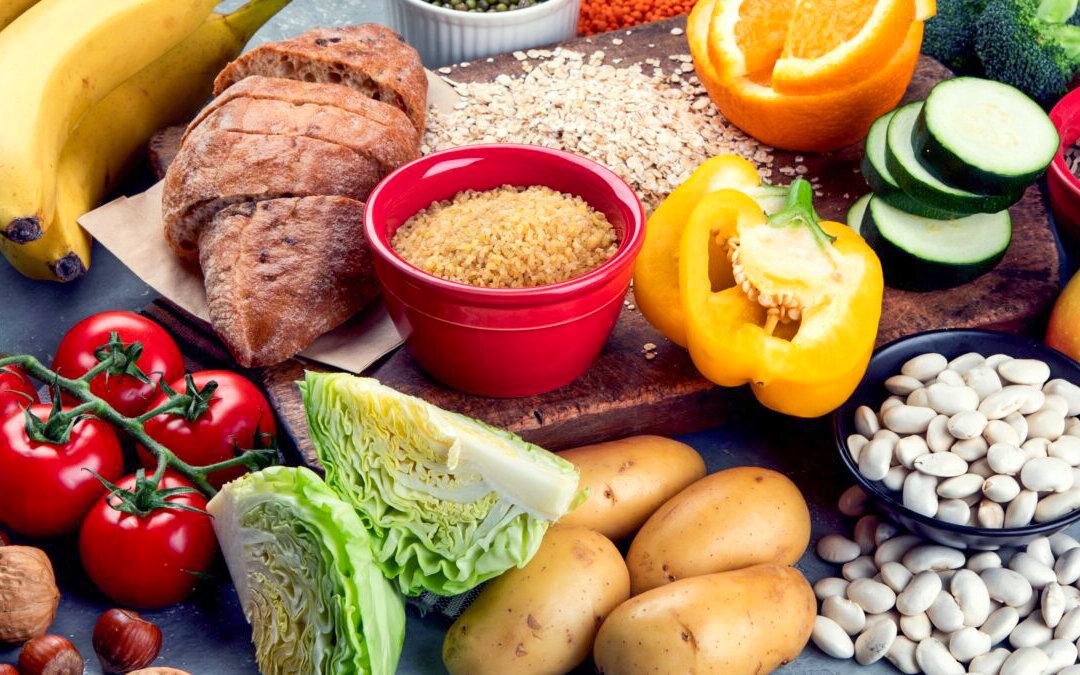Nutritionally speaking, carbohydrates usually amount to little more than sugar, and in the current dietary vernacular, sugar means bad.
But is this fair?

Nutritionally speaking, carbohydrates usually amount to little more than sugar, and in the current dietary vernacular, sugar means bad.
But is this fair?